FCA calculates operational GWP impact of 2017 Chrysler Pacifica Hybrid as 31% less than previous-generation minivan
Green Car Congress
JANUARY 11, 2017
The 2017 Chrysler Pacifica Hybrid plug-in hybrid ( earlier post ) has an operational global warming impact 31% less than that of the previous-generation, gasoline-powered Chrysler minivan, according to an analysis by FCA US engineers using industry-standard software. No minivan has ever been rated higher.








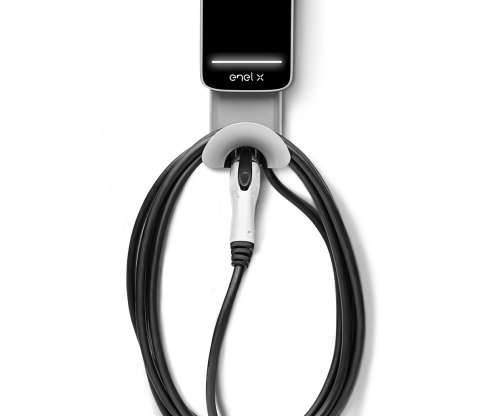


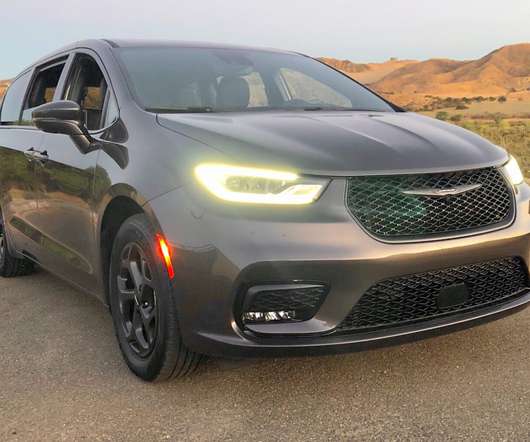
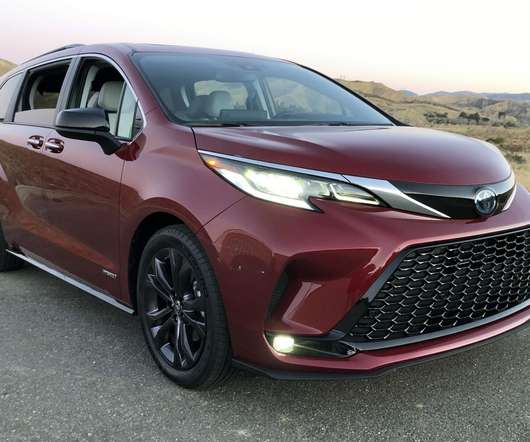




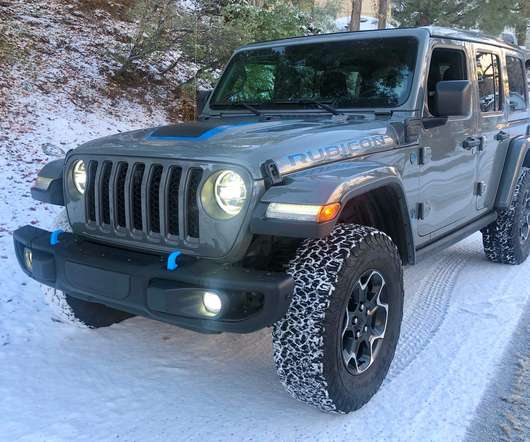

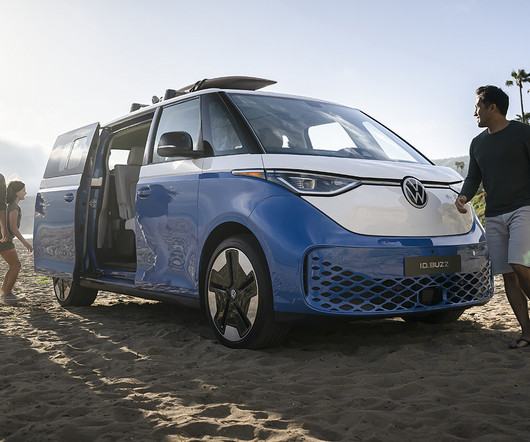
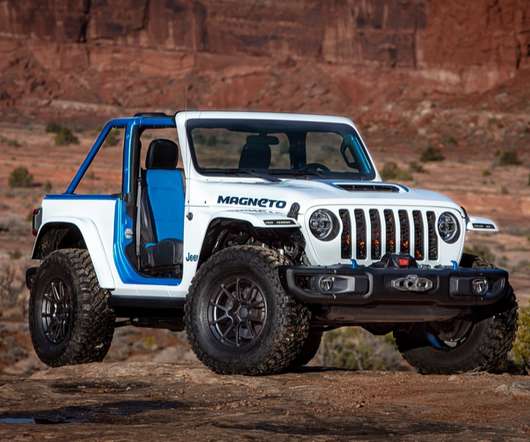








Let's personalize your content